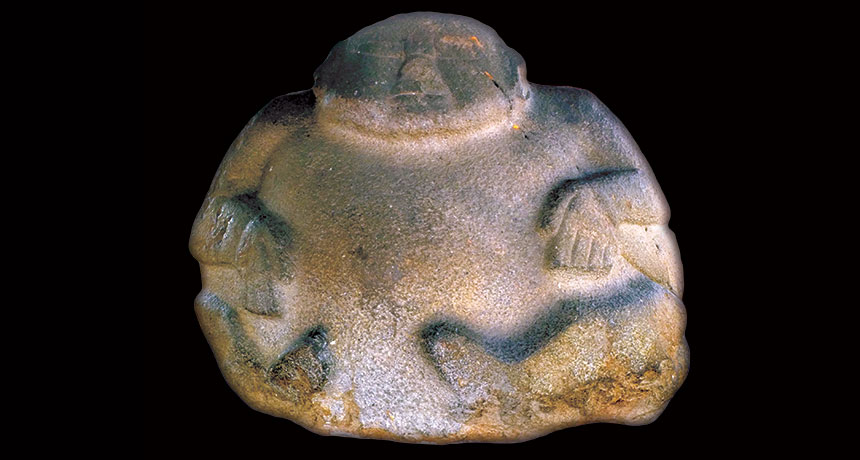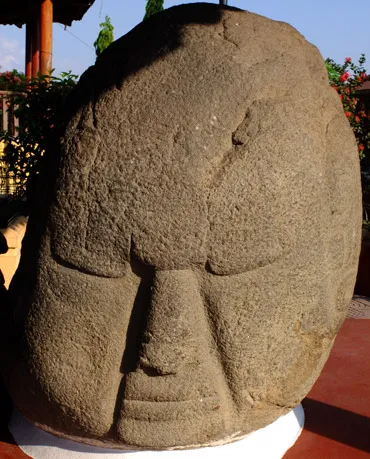Ancient sculptors made magnetic figures from rocks struck by lightning
Guatemalan ‘potbelly’ sculptures suggest people knew about magnetism more than 2,000 years ago

MAGNETIC ANCESTOR Ancient massive carvings from Guatemala such as this round figure include magnetized areas possibly intended to show the continuing power of deceased ancestors.
R. Fu








